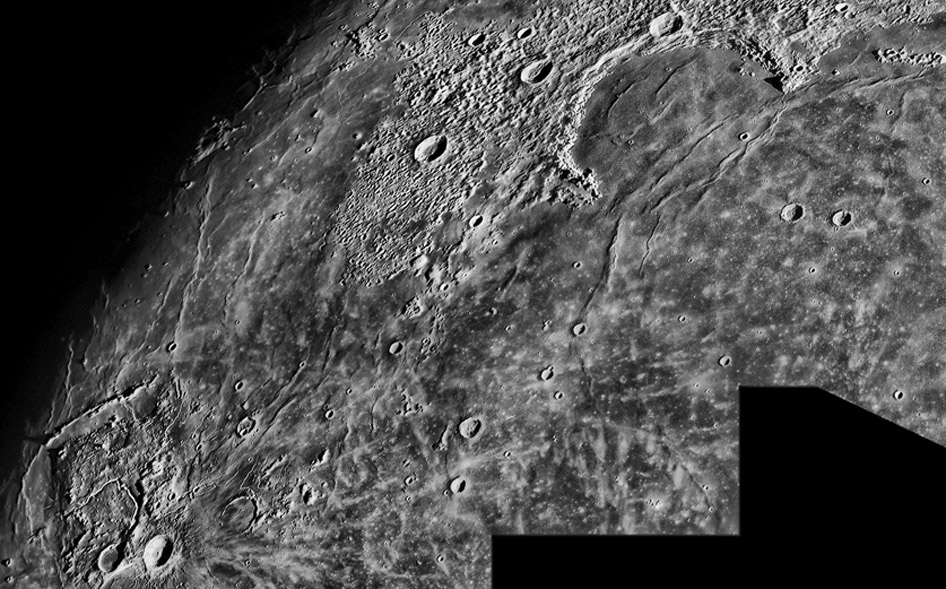Difference between revisions of "April 26, 2012"
| Line 1: | Line 1: | ||
__NOTOC__ | __NOTOC__ | ||
=X-Raying Imbrium= | =X-Raying Imbrium= | ||
| + | <!-- Start of content --> | ||
<!-- ws:start:WikiTextHeadingRule:0:<h1> --> | <!-- ws:start:WikiTextHeadingRule:0:<h1> --> | ||
<!-- ws:start:WikiTextLocalImageRule:6:<img src="/file/view/LPOD-Apr26-12.jpg/325311432/LPOD-Apr26-12.jpg" alt="" title="" /> -->[[File:LPOD-Apr26-12.jpg|LPOD-Apr26-12.jpg]]<!-- ws:end:WikiTextLocalImageRule:6 --><br /> | <!-- ws:start:WikiTextLocalImageRule:6:<img src="/file/view/LPOD-Apr26-12.jpg/325311432/LPOD-Apr26-12.jpg" alt="" title="" /> -->[[File:LPOD-Apr26-12.jpg|LPOD-Apr26-12.jpg]]<!-- ws:end:WikiTextLocalImageRule:6 --><br /> | ||
| Line 15: | Line 16: | ||
<p><b>Tomorrow's LPOD:</b> [[April 27, 2012|Slender Sliver]] </p> | <p><b>Tomorrow's LPOD:</b> [[April 27, 2012|Slender Sliver]] </p> | ||
<hr /> | <hr /> | ||
| + | {{wiki/ArticleFooter}} | ||
Revision as of 14:59, 8 February 2015
X-Raying Imbrium

image by Peter Rosén, Stockholm, Sweden
Look familiar? This is Peter's version of the area shown in yesterday's LPOD which was based on visualizing digital topography data. Peter used HDR techniques in imaging and processing to increase contrast and enhance faint details in the mare and to show some of the same features visible yesterday. But first, notice the enhancement of splotches and streaks of rays, giving an x-ray feel to the view. Such albedo features did not show up on the wonderful topo image, showing that it takes multiple approaches to see everything. The narrow, curved mare ridge deep inside Sinus Iridum is part of the possible crater or inner basin ring suggested by the topo image. Also visible are the oppositely curved ridges that mark Imbrium's inner basin ring, and perhaps the submerged continuation of the Jura Mountains. Finally, the remarkably straight ridge stretching from the Aristarchus Plateau to Rümker is well seen, but there is no evidence of the 150-300 m lowering of the ground east of the ridge. Once again, different types of data tell different stories, each documenting just a piece of the totality that is the Moon.
Chuck Wood
Technical Details
13 February 2011. Orion Optics CT 10" f/4.8 Newton telescope + DMK-41AF02 camera + 2.5x Televue Powermate + a red filter. For capture and stacking Astro IIDC and postprocessing in Photoshop.
Yesterday's LPOD: Little Slopes, New Observations
Tomorrow's LPOD: Slender Sliver
COMMENTS?
Register, Log in, and join in the comments.



